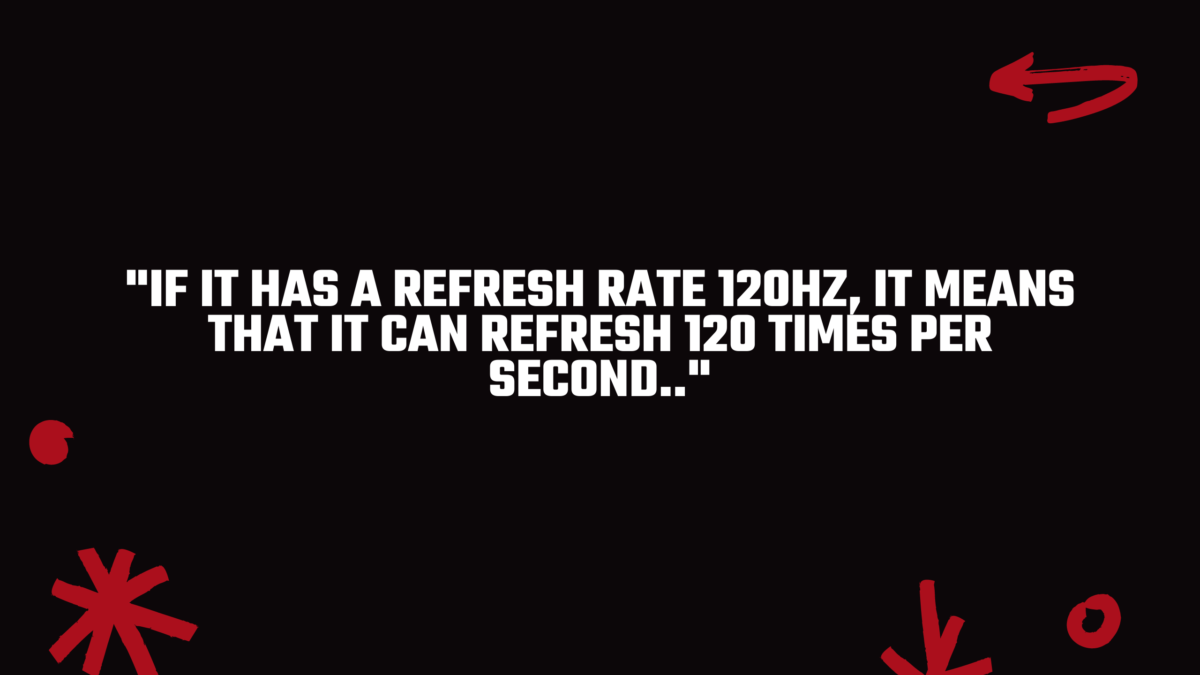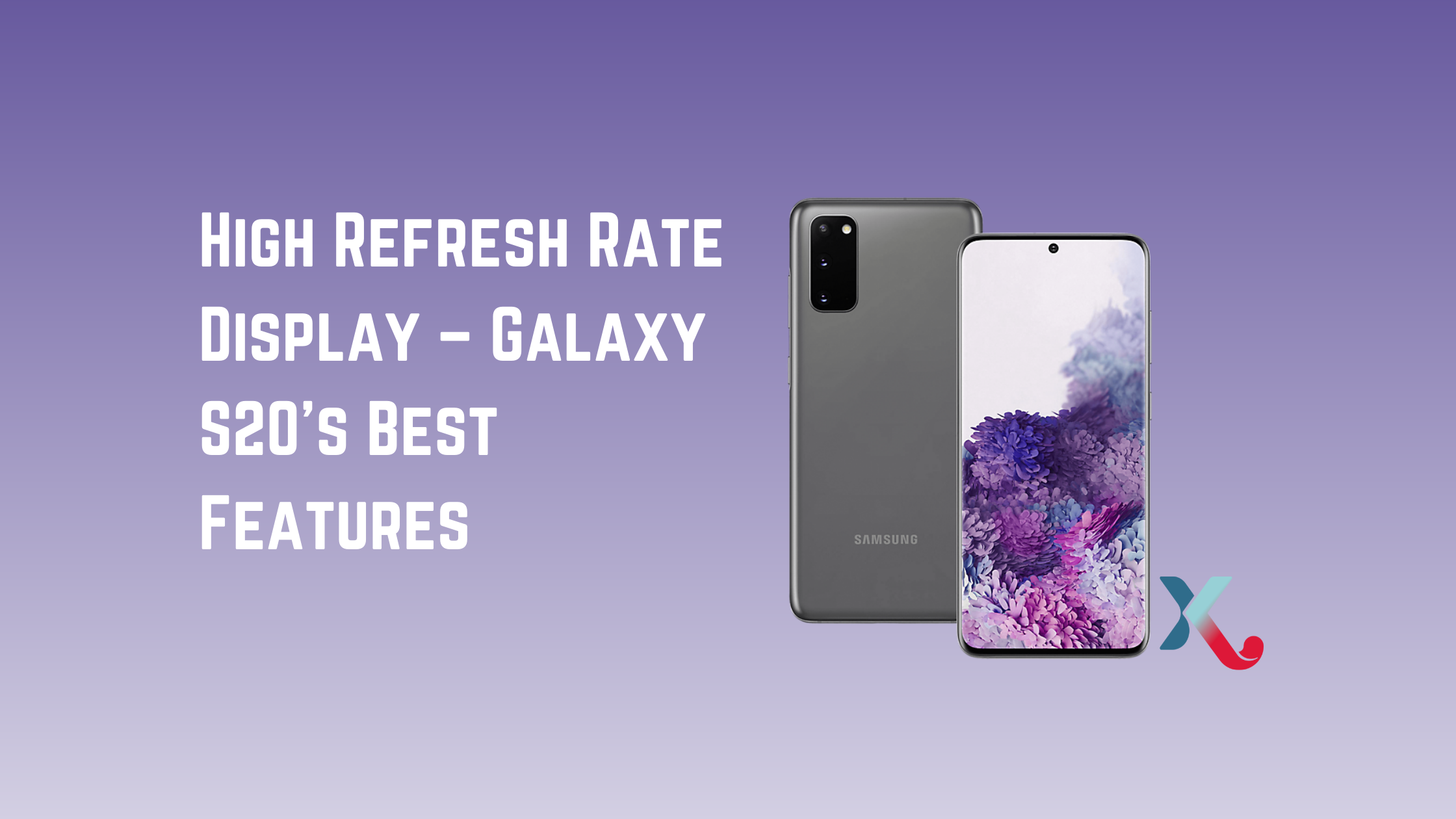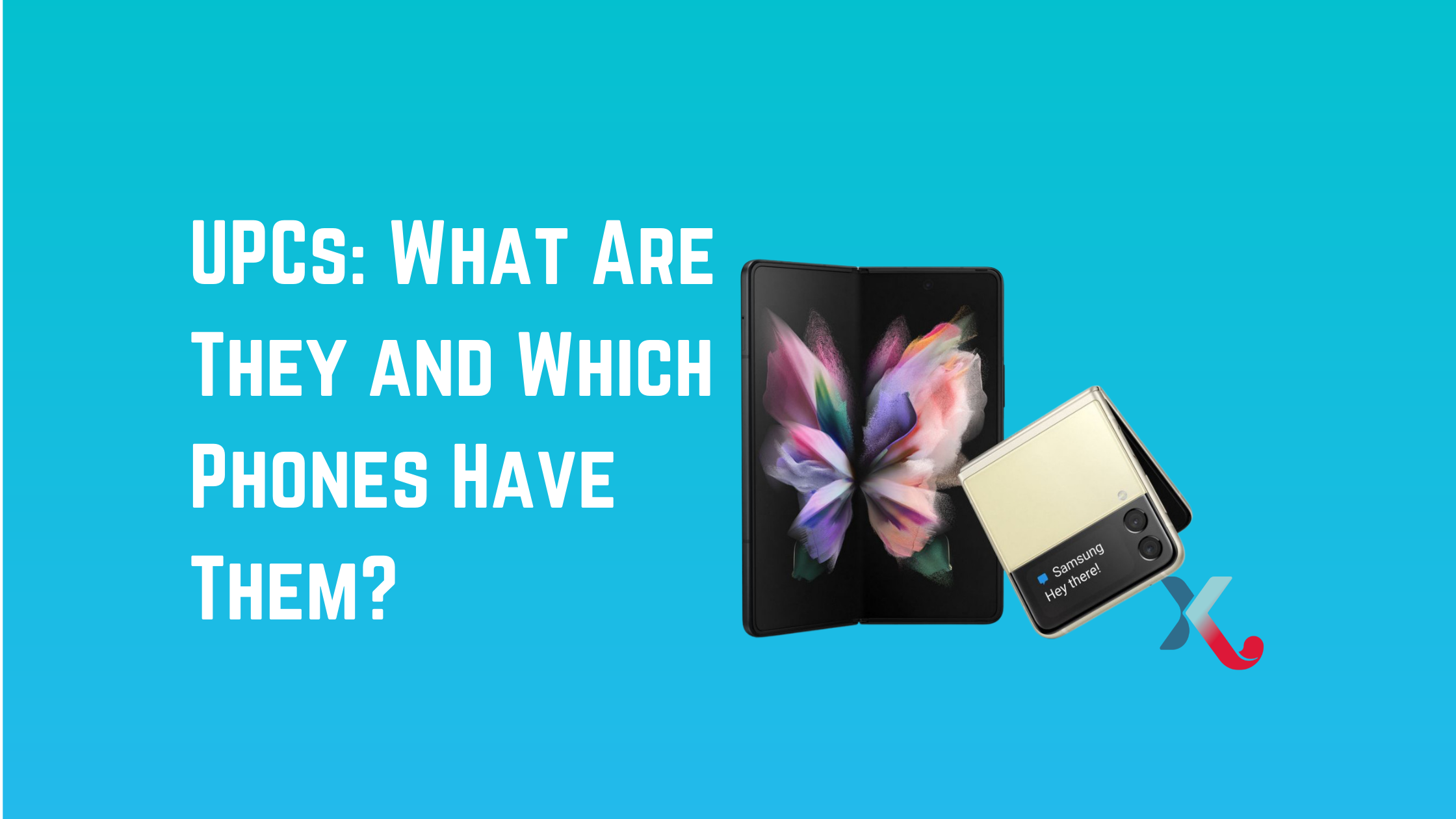We’ve heard many smartphones boast about their displays’ refresh rates over the years. Companies such as OnePlus, Samsung, and Razer boast about their super-smooth displays. Apple even brought the “ProMotion” technology to the iPhone 13 Pro, and it’s already on the iPad Pro. We’ll help you to understand the ‘120Hz display feature’ whether you’ve seen it mentioned at an Android phone launch.
What is a refresh rate for a display?
This one is easy to answer, as the terminology accurately reflects the actual screen. A display must refresh at least once per second to create the illusion of a moving image.
Like any video, it is actually showing you a series of still images, played very quickly, but not consecutively. Display refresh rate simply refers to the speed at which it refreshes to show your next still shot.
If it has a refresh rate 120Hz, it means that it can refresh 120 times per second.

What difference does it make for a smartphone?
A high refresh rate could make a massive difference in the overall experience and perceived performance of a smartphone.
Comparing the OnePlus 6T in 2019 with the OnePlus 9 Pro in 2021, for example, would show a vast difference in the experience. The screen goes from 60Hz to 120Hz and animations are boosted to match. This is a crucial component: content must be optimized to match the output of a display. It won’t appear like there is much difference if your animations, whether in a game or the general phone interface, go above 30-60 frames per second.
OnePlus’ user interface and version Android software were enhanced to match the 120Hz display. This makes them appear instantly faster and more responsive. The same could be said about Samsung’s new phones. All Galaxy S21 Series devices have 120Hz displays, and their software has been optimized to match.
What is Apple ProMotion or ‘Adaptive Frame Rate’?
Apple’s iPad Pro and iPhone 13 Pro Series use a technology it calls “ProMotion”. This adjusts the refresh rate dynamically according to the content being displayed.
This means that the frame rate can reach 120 frames per second to make interfaces and Apple Pencil look really smooth. It will drop the frame rate to match 24 frames per second when you are watching a movie. This is not energy wasting. It can even drop to 10 frames per second.
Samsung has another similar feature, called “Adaptive frame rate”, which decreases or increases the screen refresh speed based on content. It can go all the way down as low as 10 frames per sec if you are just reading static pages, then boost it up to 120 frames/sec depending on the content. The faster the refresh rate, the better.
It’s not as simple as it seems. A smartphone’s speed and responsiveness is not just a matter of the refresh rate. If you play an online game, your connection drops out, or the phone gets too hot, you will still experience lag and stuttering. This means that a fast processor and effective thermal management are crucial. The display must have top-notch internal graphics processing, otherwise, it will be slow.
There is always the possibility that you don’t notice any difference in refresh rates at all. It’s not easy to see the difference between 60Hz and 90Hz or 90Hz and 120Hz with your naked eyes.
You’ll notice a difference in speed if you upgrade from a phone with a 60Hz screen to one with 120Hz. However, even that is not a reliable indicator of the refresh rate. This is due to the improved software and internal hardware. It’s not just about the screen.
What is the fastest refresh rate for a smartphone’s display?
At the time of writing, the fastest refresh rate on a smartphone was 144Hz. This allows smartphone animations to run at up to 144 frames per second.
The ROG Phone 3, Lenovo Legion PRO, and Nubia Red Magic 5G are two phones with 144Hz screens.
Are there any games that are optimized for 120Hz screens? The short answer to your question is yes. Since “gaming phones” have become a segment of the market, mobile game developers began to improve their titles’ graphics to take advantage of faster refresh rates.
Popular games such as Real Racing 3, Temple Run 2, Minecraft Earth and Alto’s Odyssey, among others, have their animations enhanced to take advantage of the best available refresh rate Android smartphone displays.
How about touch response rate?
It is not uncommon to see a touch screen response rate of 120Hz or 240Hz in advertising, marketing materials, or phone spec sheets. The unit of measurement may be the same, but it doesn’t mean the exact same thing is being measured. This is due to the sensitiveness and accuracy of the touchscreen. It usually means that the phone responds quickly to inputs from your fingers or stylus.
It is possible to have a 120Hz screen with a touch response at 240Hz. This combination would result in a responsive screen that is extremely fast.
Trade-in your old phones with NIX and leave with a brand new phone.
Remember, the NIX magic number is zero!! How close can you get? Come in and see.
Recycle your old phone with NIX and sign-up to our Premium Membership for even better prices and saving at NIX.

